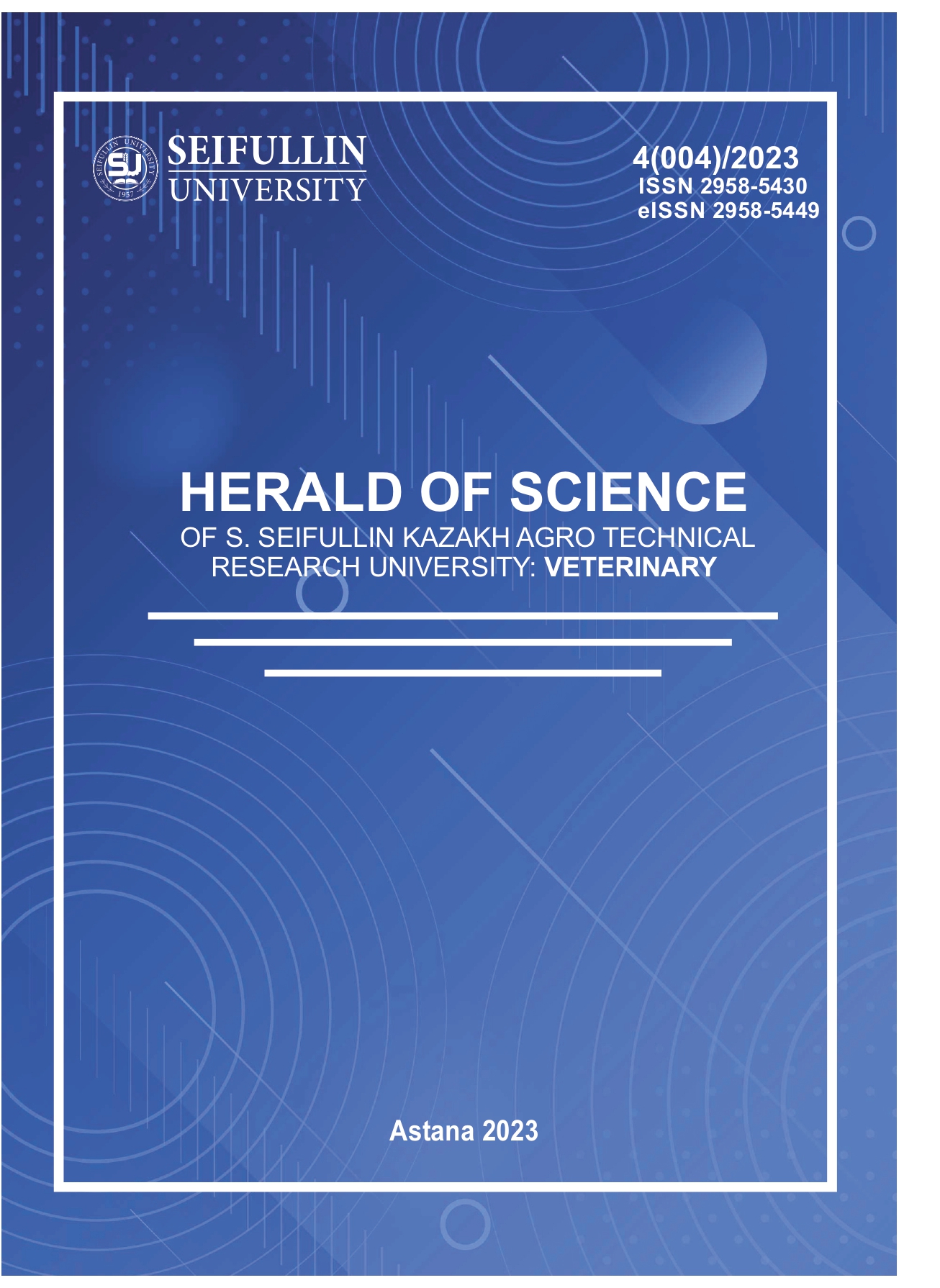A REVIEW ON BENZANTHRONE LUMINOPHORES FOR RAPID AND HIGH-RESOLUTION IMAGING OF PARASITES BY CONFOCAL LASER SCANNING MICROSCOPY
DOI:
https://doi.org/10.51452/kazatuvc.2023.4(004).1578Keywords:
parasites; luminophores; confocal laser scanning microscopy; staining protocols.Abstract
Nowadays, is growing interest in investigation of parasites and their anatomic structure. Most common tools are linked with usage of luminophores and luminescent microscopy techniques. In recent years, a variety of fluorescent probes have been developed and widely used to realize the visualization of certain structures [1]. The benzanthrone compounds captivated a lot of interest as fluorescent probes for biomedical technologies because of remarkable spectral properties and negligible fluorescence in the aqueous phase [2]. Notably, the spectral characteristics of benzanthrone dyes meet the criteria for an ideal bio-imaging agent, featuring a high extinction coefficient, bright fluorescence, photo-, thermo- and chemical stability, and reduced background signal [3]. Fluorescent molecular dyes, currently used to study cell membranes, make lipid structures visible through optical techniques [4] and act as potential fluorescent probes for biomolecules [5]. There are studies in the literature where the benzanthron phosphors have confirmed their application for visualization of biological objects [6-8]. Despite high activity in this field, still it`s huge request for specific fluorescent probes for biological objects. The confocal laser scanning microscope (CLSM) is a powerful tool for providing high-resolution optical sections. CLSM can be used to analyse images of morphological structures and to place organ or organ systems of interest in their anatomical context. Luminescence imaging techniques are increasingly utilized for exploring the structure and properties of biological objects. Laser-induced fluorescence stands out as a sensitive method, capable of detecting even a single-molecule under specific conditions [9], which makes it a powerful bioanalytical tool for life sciences [10 12]. Benzanthrone derivates are used for CLSM imaging as fluorescence probe for various biological objects because benzanthrones render the specimen fluorescent to examine the stained samples by optical sectioning [13,14]. This review provides inputs in utilisation of different benzanthrone luminophores for examination of the parasites.

